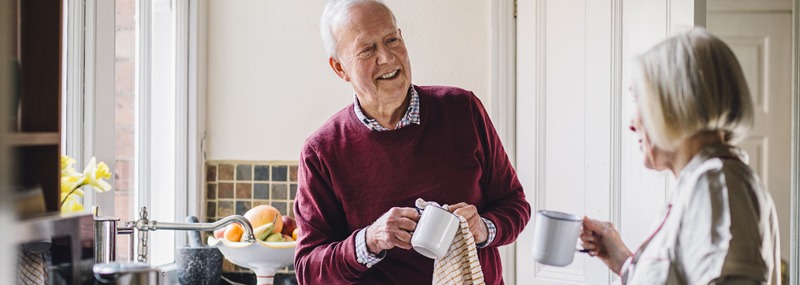The Importance of Home Renovations for Increasing Property Value

Renovating your home can be an exciting and daunting process, but it is also a smart investment that can significantly increase the value of your property. This rings especially true for homeowners in South Carolina, where the real estate market is thriving and demand for updated homes is constantly increasing.
Researching the Local Real Estate Market
When it comes to increasing the value of your home in South Carolina, one important aspect to consider is the local real estate market. The housing market in South Carolina can vary greatly depending on the region, so it’s crucial to research and understand what buyers are looking for in your area.
The first step in researching the local real estate market is to take a look at recent home sales in your neighborhood. We suggest a free market analysis. This will give you an idea of what types of homes are selling quickly and for top dollar. Look at factors such as the size, age, and features of these homes to get an understanding of what buyers are currently interested in.
Another key factor to consider is the demographics of potential buyers in your area. Are there more families with children, young professionals, or retirees? Understanding the demographic makeup of your community can help guide your renovation decisions. For example, if your neighborhood has a lot of families with children, adding a playroom or updating the backyard may be more appealing than creating a home office space.
It’s also important to research any new developments or major projects happening near your home. These can have a significant impact on property values and buyer preferences. For instance, if there’s a new school being built nearby, families may be more interested in purchasing homes in that area.
Budgeting and Planning for your Renovation Project
Budgeting and planning are crucial steps in any renovation project. Without proper budgeting and planning, you run the risk of overspending, delays, and potential issues down the line. In this section, we will discuss the necessary steps for creating a budget and a plan for your renovation project.
1. Assess Your Finances:
The first step in budgeting for your renovation project is to assess your finances. Take a look at your current financial situation – including income, savings, debts, and expenses. This will give you an idea of how much money you have available to allocate towards your renovation project.
2. Set a Realistic Budget:
Based on your financial assessment, determine how much you can realistically afford to spend on your renovation project. If you have limited funds, prioritize which areas or aspects of the renovation are most important to you and allocate more of your budget toward those items.
3. Research Costs:
Next, research the costs associated with the type of renovations you are looking to do. This includes materials, labor costs, permits, design fees, etc. It’s important to gather multiple quotes from different contractors or suppliers to ensure you are getting competitive pricing.
4. Consider Unexpected Expenses:
When creating a budget for your renovation project, it’s essential to account for unexpected expenses that may arise during the process. It’s always wise to add 10-20% of your total budget as a contingency fund in case any unforeseen issues come up.
5. Have a Clear Plan:
Once you have a budget in place, it’s essential to have a clear plan for your renovation project. This includes outlining the scope of work, timelines, and any specific details or requirements. Having a well-defined plan will help keep the project on track and prevent any potential delays or issues.
6. Work With Professionals:
It’s highly recommended to work with professionals such as contractors, architects, or designers during your renovation project. They can provide valuable insight and expertise, help create a realistic budget and plan, and ensure that the project is completed successfully.
7. Prioritize Your Renovations:
If you have a limited budget, prioritize which renovations are most important to you and start with those first. You can always tackle less critical projects at a later time when you have more funds available.
8. Keep Track of Expenses:
During the renovation process, keep track of all expenses to ensure that you are staying within your budget. This will also help identify any areas where you may be overspending and allow for adjustments to be made if needed.
Renovation Ideas for Different Areas of the Home
Renovating different areas of your home can not only improve its functionality and aesthetic appeal but also significantly increase its value. Whether you are looking to sell your home in the future or simply want to enhance your living space, here are some renovation ideas for different areas of the home that can add value to your South Carolina property.
1. Kitchen Renovation Ideas:
The kitchen is often considered the heart of a home and one of the most important spaces that potential buyers look at when considering a property. Here are some renovation ideas to update and elevate your kitchen:
– Upgrade appliances: Investing in new, energy-efficient appliances not only improves the visual appeal of your kitchen but also increases its functionality.
– Replace countertops: Consider upgrading your countertops with durable materials such as granite or quartz, which not only give a modern look but also hold their value well.
– Add storage space: Install smart storage solutions like pull-out shelves or built-in drawers to make better use of available space while adding convenience and organization.
– Change lighting fixtures: Replacing old lighting fixtures with newer ones can instantly brighten up the kitchen and create a more welcoming atmosphere.
2. Bathroom Renovation Ideas:
Bathrooms are another crucial area that can greatly impact the value of a home. Here are some renovation ideas for bathrooms that can add value to your South Carolina property:
– Update fixtures and hardware: Swapping out old faucets, showerheads, and hardware with shiny new ones can give a fresh look to any bathroom without breaking the bank.
– Install a new vanity: A modern, well-designed vanity can transform the look of your bathroom and also provide much-needed storage space.
– Upgrade to a spa-like shower: Consider installing a rainfall showerhead or adding features like a built-in bench or steam function to create a luxurious feel in your bathroom.
– Add natural light: If possible, add windows or skylights to bring in more natural light, making the bathroom appear larger and brighter.
3. Outdoor Space Renovation Ideas:
Outdoor spaces are becoming increasingly important for homeowners as they seek to extend their living areas and create an inviting environment for entertaining and relaxation. Some renovation ideas to enhance your outdoor space include:
– Build a deck or patio: A deck or patio is an excellent addition that can increase usable square footage for dining, lounging, and entertaining outside.
– Create an outdoor kitchen: Adding an outdoor kitchen with a grill, sink, and countertop creates an ideal outdoor entertaining area.
– Invest in landscaping: Well-maintained landscaping adds curb appeal and makes your home stand out. Consider adding trees, bushes, flowers, and other plants to enhance the overall look of your property.
– Add lighting: Outdoor lighting not only provides safety but also creates ambiance for evening gatherings and adds a touch of elegance to your outdoor space.
Using Eco-friendly and Energy-Efficient Materials
In today’s world, more and more home buyers are prioritizing eco-friendliness and energy efficiency when searching for their dream home. As a homeowner in South Carolina looking to increase the value of your property, it is important to consider incorporating these elements into your renovation plans.
Using eco-friendly materials not only benefits the environment but can also add significant value to your home. These materials are made from sustainable resources and have a lower impact on the environment compared to traditional building materials. For example, using bamboo flooring instead of hardwood not only gives your home a modern and stylish look but also helps preserve forests as bamboo grows much faster than trees.
Another popular choice for eco-friendly renovations is recycled or reclaimed materials. This involves using materials that have been salvaged from old buildings or construction sites and repurposed for use in new projects. Not only does this reduce waste and save energy used in production, but it also adds character and uniqueness to your home.
Energy-efficient materials, on the other hand, focus on reducing energy consumption within the home. This can include anything from energy-efficient windows and doors to solar panels and smart technology systems. These features not only appeal to environmentally-conscious buyers but also help save money on utility bills in the long run.
Hiring Professionals vs. DIY Renovations
When it comes to home renovations, homeowners often face the decision of hiring professionals or doing the renovations themselves. While DIY projects can be exciting and cost-effective, there are also benefits to hiring professionals for your home renovation project.
Pros of Hiring Professionals:
1. Expertise and Experience: One of the biggest advantages of hiring professionals for your renovation is their expertise and experience in the field. Professional contractors have years of experience working on different types of projects, which means they have a deep understanding of what works and what doesn’t. They have the necessary skills, knowledge, and tools to complete a high-quality renovation that meets your expectations.
2. Time-Saving: Renovations can be time-consuming, especially if you’re juggling work and other commitments along with it. Hiring professionals allows you to save time by delegating the entire project to them. This means you won’t have to worry about purchasing materials, scheduling workers, or managing timelines – all these tasks will be taken care of by the professionals.
3. Better Quality Work: When it comes to renovations, quality matters. Professionals take pride in their work and strive towards delivering flawless results that meet industry standards. They also use high-quality materials and techniques that ensure a long-lasting finish for your home renovation.
4. Insurance Coverage: Professional contractors carry liability insurance that protects both them and homeowners from any damages or accidents that may occur during the renovation process. This gives peace of mind knowing that you won’t be held responsible for any unexpected expenses.
Cons of Hiring Professionals:
1. Higher Cost: Hiring professionals for your renovation project can be more expensive than doing it yourself. You’ll have to pay for their expertise, labor, and materials, which can add up quickly. However, keep in mind that the quality of work and the time saved may outweigh the cost.
2. Less Control: When you hire professionals, you are handing over control of your project to them. While they will do their best to meet your expectations, there is always a chance that things may not turn out exactly as you envisioned.
Pros of DIY Renovations:
1. Cost Savings: One of the main reasons homeowners choose to do renovations themselves is to save money on labor costs. With a little research and skill, you may be able to complete some projects at a fraction of the cost of hiring professionals.
2. Creative Freedom: When you’re in charge of your renovation project, you have complete creative control over every decision and detail. This allows you to customize your space exactly how you want it without having to compromise with anyone else’s vision.
3. Sense of Accomplishment: Completing a DIY renovation can give you a great sense of accomplishment and satisfaction knowing that you did it yourself.
Cons of DIY Renovations:
1. Lack of Expertise and Experience: Unless you have experience in renovations, you may be unfamiliar with building codes, safety protocols, and industry standards. This can lead to mistakes that may end up costing more in the long run.
2. Time-Consuming: DIY renovations can be time-consuming, especially if you’re learning new skills along the way. This may result in a longer renovation timeline and delays in completing your project.
3. Potential for Errors: Without the expertise of professionals, there is a higher chance of making mistakes during your renovation. These errors could result in costly repairs or even safety hazards.
Ultimately, choosing between hiring professionals or doing DIY renovations depends on your budget, skill level, and desired outcome for your project. It’s also important to consider the scope and complexity of your renovation before making a decision. In some cases, it may make sense to hire professionals for certain tasks while tackling smaller projects yourself. Whatever option you choose, make sure to do thorough research and carefully weigh the pros and cons before starting any home renovation project.
Final Word
With such a strong housing market and steady growth rate, homeowners looking to sell their properties can take advantage of this favorable environment by investing in strategic renovations that can significantly drive up their home’s value.













